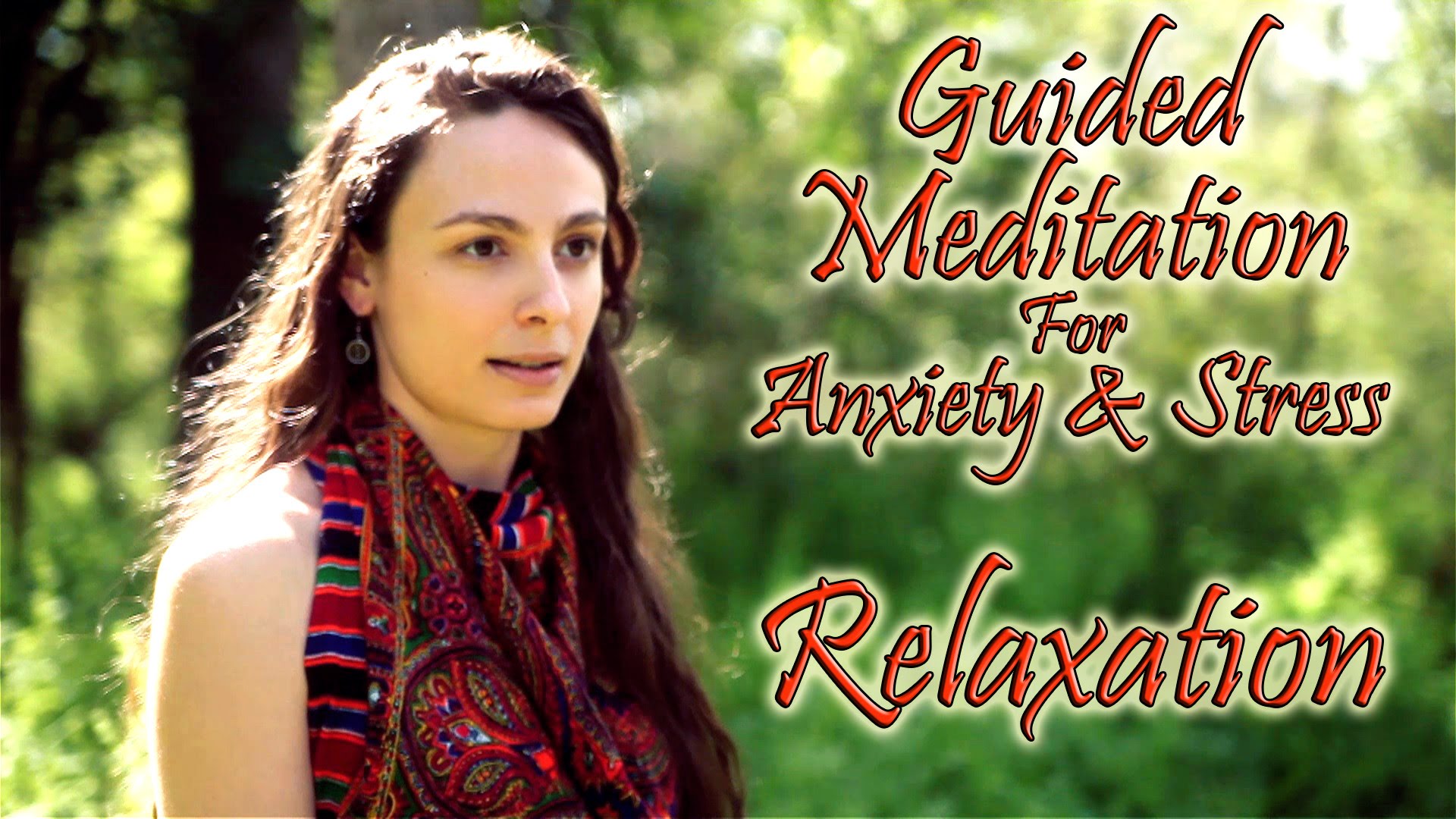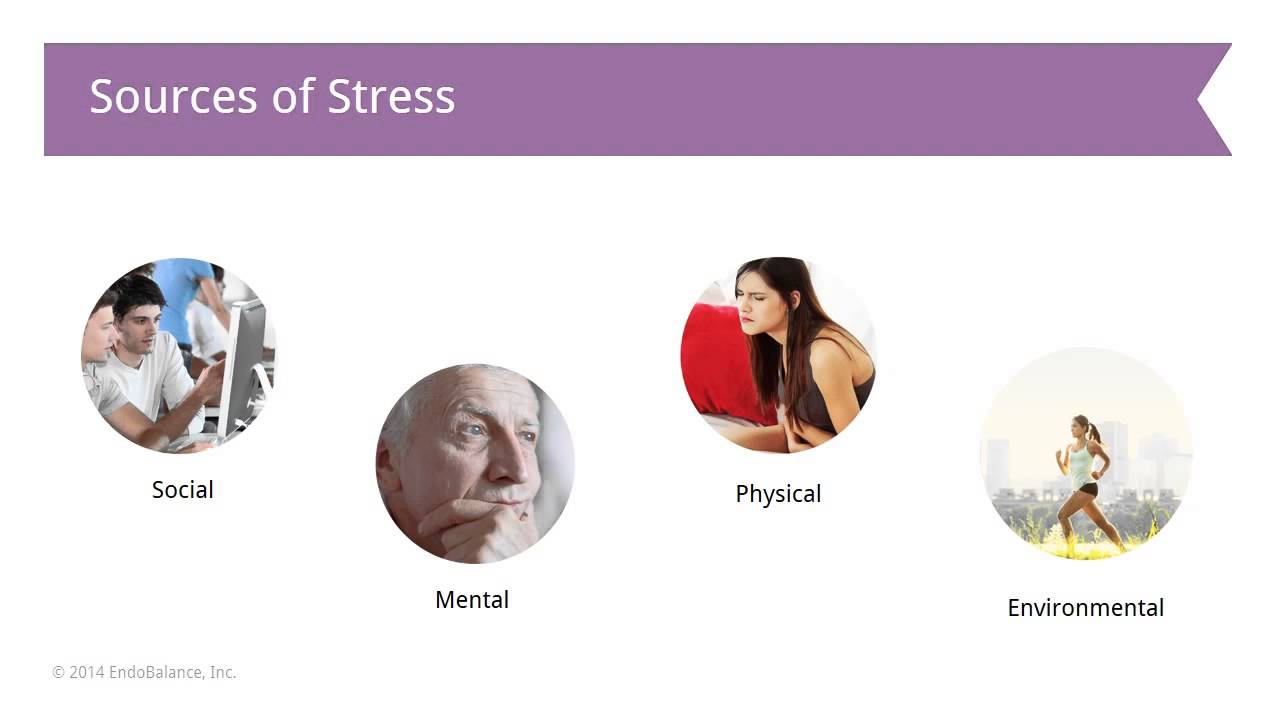5 Relaxation Techniques For Stress Management
There are a variety of relaxation techniques that can be used to manage stress. In some cases they are used in conjunction with each other to make the process easier or more effective. The underlying principle behind these techniques is to change your mental and physical states from one of tension to one of tranquility. Here are a list of popular techniques :
- Meditation – meditation has been recognized as a way to alter your mental state for hundreds of years and is well documented in many eastern religions. Meditation is effectively trying to think of nothing. It is like powering off your mind or brain and letting all the cares, worries and stress fade into nothing. You sit in a comfortable spot in a peaceful room and try to think of nothing, the void or emptiness . You will find this extremely hard. Odd or random thoughts will start popping into your mind. As you continue to concentrate on nothingness you will find that the random thoughts tend to recede. You will get fewer and fewer thoughts and a calmness will enter your body and mind as time passes. You might eventually get to the stage where the only thought you have is about thinking about nothing. Many people use chants or concentrate on one thing, like a part of the body, to help all the mind chatter recede. At the end of a meditation session you will feel energized and quite happy.
- Relaxing music/subliminal relaxation recordings. – music is a simple way to relax. It can be as straightforward or complex as you choose to make it. Simply put on a music cd from your favorite artist. You can have it playing in the background as you do other things or you can focus all your attention on it by just sitting in a comfortable chair an listening to it. This can help you take your mind off of all the stressful experience that you have faced or will be facing. This can relieve stress. If you are more interested in relaxation music there are a number of specially created tapes which feature relaxing sounds or sounds of nature. They are more suitable to having as background music and the aim is that they will soothe your senses and help you to relax. Another form of relaxation music are spoken word relaxation techniques that help you to relax by following there instructions. This can also involve subliminal recordings whereby music plays and the spoken word cannot be audibly heard but on a subliminal level.
- Physical techniques can help to calm the mind but more importantly the body.
- Deep breathing is a popular method for relaxation. It is very simple to do and can be done anywhere. It is thought that deep breathing bring extra oxygen into the body and stimulates the production of endorphins into the bloodstream which have a calming effect. Deep breathing also forces the diaphragm to expand and contract more than normal and this can gently press upon vital organs like the liver, lungs and heart. This has the effect of massaging the vital organs which is thought to be good for the organs.
- Progressive muscular relaxation works by pinpointing one group of muscles at a time in the body. For example, you could select the hands. You start by tensing the muscles of the hands by clenching a fist. You hold this for a few minutes and then let it go and relax the muscles. This relaxing effect is good for the muscles. You work through the whole body doing this technique until all the muscle groups are relaxed. This technique requires some practice as it is often hard to isolate muscle groups and know how to tense and relax these particular muscle groups without tensing and relaxing other muscle groups at the same time.
- Relaxation response is similar to meditation in many ways but is more focused on the body rather than any spiritual element. It was devised by Dr. Herbert Benson. The aim is to start at the feet and work your way up to the head. Sit comfortably in a quiet place and concentrate on relaxing the muscles in your feet. Gradually imagine and then feel the muscles relaxing. They may feel warm as your concentration continues to focus on them. Once you feel that they are relaxed move onto the calves and so on until you reach the head. Focus on each body part and try to relax. Let all other thoughts, except the body part in question, fall away.
- Yoga combines element of all of the above techniques and can be a way to de-stress and relax. Yoga concentrates on breathing and a series of movements which are aimed at stretching the various parts of the body. Yoga can involve meditation or can be seem as purely a physical exercise. In both cases the body can reduce stress and relax by practicing yoga.
- Aromatherapy is the use of scents and fragrances to change the mental state. Many extracts of plants, herbs and woods can have a relaxing effect on the body which can reduce stress. Scents of lavender, chamomile and geranium are some that are believed to reduce stress. You will find many shops that sell a variety of aromatherapy products. Many will give advice on how to use the product and what the aim of the product is. The product is usually a solution or oil that you heat up. As the oil heats up the fragrances pass through the room and induce a state of relaxation in the mind and body. Again, aromatherapy can be combined with relaxing music to heighten the state that you wish to achieve. Meditation is often conducted with incense to help focus the mind.
5 Relaxation Techniques For Stress Management by Adrian Whittle




